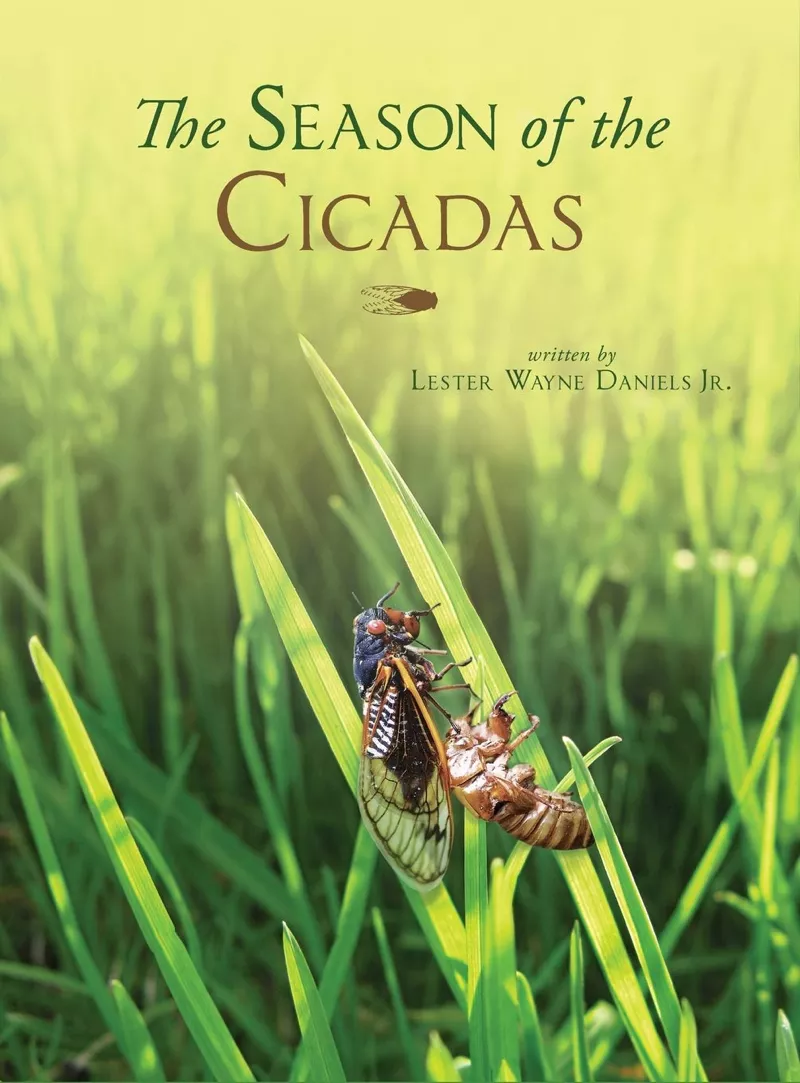The names of cicadas change a lot. I don’t question the name changes, but it does take a fair amount of time to update 100s-1000s of pages on this site whenever a genus or species name changes, or when a species is split into multiple species or a genus is split into multiple genera. There are likely places on this site where the names are a generation or two behind.
Here’s a guide to changes from the past two decades. It is far from complete, but it represents the more well-known cicadas.
Genus changes
Auritibicen spawned from Tibicen/Lyristes. These cicadas include:
Twelve Auritibicen bihamatus subspecies, five Auritibicen flammatus subspecies, Auritibicen intermedius Mori, 1931, ten Auritibicen japonicus subspecies, Auritibicen kyushyuensis (Kato, 1926), Auritibicen pekinensis (Haupt, 1924), and Auritibicen slocumi Chen, 1943.
Read Young June Lee. 2015. Description of a new genus, Auritibicen gen. nov., of Cryptotympanini (Hemiptera: Cicadidae) with redescriptions of Auritibicen pekinensis (Haupt, 1924) comb. nov. and Auritibicen slocumi (Chen, 1943) comb. nov. from China and a key to the species of Auritibicen. Zootaxa 3980 (2): 241—254.
Callogaena spawned from Gaeana Amyot & Audinet-Serville, 1843. Although Gaeana might still be preferred. Here is a Callogaeana festiva.
Distantalna Boulard, 2009 spawned from Tosena Amyot & Audinet-Serville, 1843. Here is a Distantalna splendida. This cicada is very common on eBay and found in a lot of arts and crafts, and is still mostly called Tosena splendida in those places.
See the image below: Distantalna clearly lacks the angular forewing stripes of Tosena. The orientation of the eyes seems very different as well.

Lyristes. Depending on what area of the world you’re in, the genus Tibicen is often replaced with Lyristes. Prior to the introduction of Auritibicen in 2015, the Tibicen of Asia were called Lyristes. The Tibicen of Europe are called Lyristes as well, like Lyristes plebejus (Scopoli, 1763). The genera of North American Tibicen have all changed as well. I’m not up on the debate but I believe Michel Boulard is advocating for Lyristes. I think the argument against the name was that Latreille came up with Tibicen in 1925, and Horváth came up with Lyristes a century later in 1926. So if you see Lyristes, consider it to be a synonym of Tibicen, Auritibicen, Hadoa, Neotibicen, Megatibicen, etc.
Megapomponia Boulard, 2005 spawned from Pomponia Stål, 1866. Here is a Megapomponia imperatoria. Megapomponia are the largest cicadas so MEGA (from the Greek megas which means “great, large, mighty”) makes sense.
Neotibicen Hill & Moulds, 2015 and Hadoa Moulds 2015 spawned from Tibicen.
Read Hill, et al. 2015. Molecular phylogenetics, diversification, and systematics of Tibicen Latreille 1825 and allied cicadas of the tribe Cryptotympanini, with three new genera and emphasis on species from the USA and Canada (Hemiptera: Auchenorrhyncha: Cicadidae), Zootaxa, Volume 3985, Issue 2, Pages 219—251.
Megatibicen Sanborn and Heath 2016 spawned from Neotibicen, which of course spawned from Tibicen.
Read: Sanborn A.F., Heath, M.S. 2016. Megatibicen n. gen., a new North American cicada genus (Hemiptera: Cicadidae: Cicadinae: Cryptotympanini), Zootaxa, Volume 4168, Issue 3.
Gigatibicen Lee 2016, Ameritibicen Lee 2016, and Paratibicen Lee 2016 spawned from Neotibicen, although it seems like Megatibicen will be preferred over Gigatibicen and Ameritibicen. Lee, Y.J. 2016. Description of three new genera, Paratibicen, Gigatibicen, and Ameritibicen, of Cryptotympanini (Hemiptera: Cicadidae) and a key to their species Journal of Asia-Pacific Biodiversity, Volume 9, Issue 4, 1 December 2016, Pages 448—454.
Here’s a pretty good chart that explains the Tibicen/ Neotibicen/ Megatibicen/ Gigatibicen/ Ameritibicen/ Paratibicen stuff.
Species changes
Magicicada neotredecim Marshall and Cooley 2000 spawned from Magicicada tredecim (Walsh and Riley, 1868) in 2000 when David Marshall and John Cooley described it as its own unique species. Read Marshall, D.C. & Cooley, J.R. (2000). Reproductive character displacement and speciation in periodical cicadas, with a description of a new species, 13-year Magicicada neotre- decim. — Evolution 54, p. 1313-1325.
Neotibicen tibicen australis (Davis, 1912) was once Tibicen tibicen australis (Davis, 1912) when Neotibicen (genus) spawned from Tibicen in 2015. Prior to the change, this cicada was Tibicen chloromerus var. australis. Read: Tibicen tibicen australis Sanborn, Phillips and Gillis 2008: 4—5, 12, 31, 39, Fig 73, Figs 139—147 (key, synonymy, illustrated, distribution, comp. note) Equals Rihana sayi var. australis Florida, Georgia
Neotibicen tibicen tibicen (Linnaeus, 1758) was called Tibicen chloromera, but then Allen Sanborn (I think) switched it to Tibicen chloromerus (a to an us for correct gender grammar of the species name) in the late 1990s. Then around 2008 Sanborn switched it to Tibicen tibicen because the original name dating back to 1758 was Cicada tibicen.
Megatibicen pronotalis pronotalis Davis, 1938 and Megatibicen pronotalis walkeri Metcalf, 1955 have had a number of changes. Aside from two to three recent changes genus changes, species names have changed as well. Megatibicen pronotalis pronotalis has been called Tibicen walkeri var. pronotalis, Tibicen marginalis var. pronotalis, Tibicen pronotalis walkeri and Tibicen walkeri pronotalis. Megatibicen pronotalis walkeri has been called Tibicen marginalis, Tibicen walkeri, and even Lyristes marginalis. Yikes!
That’s a lot of changes. I used Allan Sanborn’s book Catalogue of the Cicadoidea to verify much of this information. It’s a huge book. No photos, mostly cicada names. 🙂
Editorial: I know a lot of folks are bemused and vexed by these name changes, and many still use the old names. Certainly Tibicen chloromera, regardless of its taxonomic faults, sounds better than Neotibicen tibicen tibicen. Of the changes described above, my favorites (can you have favorites in science?) are Magicicada neotredecim Marshall and Cooley 2000 which is definitely a different insect than Magicicada tredecim (Walsh and Riley, 1868); and Distantalna Boulard, 2009 because Distantalna splendida looks very different than cicadas belonging to the genus Tosena, IMHO.
